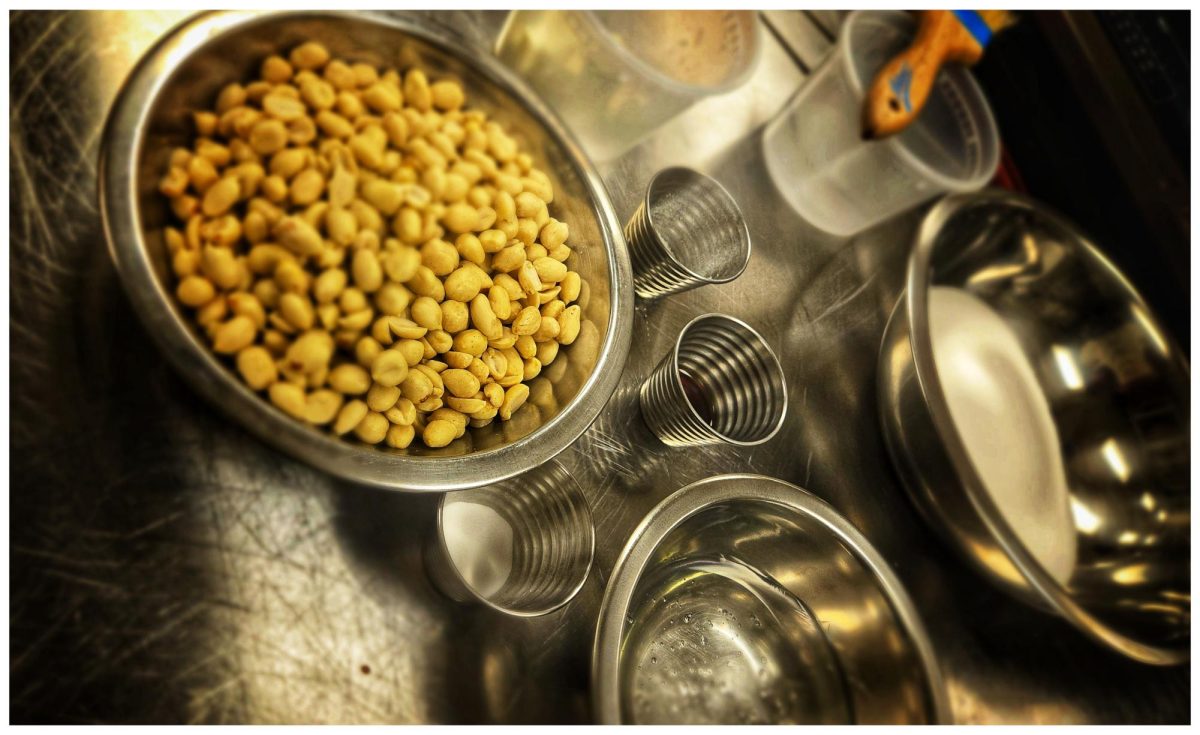HCC Needs A Mahjong Club
Mahjong Tiles from the game mahjong displayed next to each other in rows
February 13, 2023
Mahjong is a game that originated in China, that is played on tiles. Just like some games, it has variations in its home country. However, this game rose to power all over the world. What separates American mahjong from other variations is that there are eight jokers included and different winning conditions. Purists agree that American mahjong is a different game than any of the other variations and thus not mahjong. All of the variations discussed in this article can be found on the platform MahjongTime.
American mahjong has two dice and 152 tiles, including eight jokers, eight flower tiles and eight seasons. Scoring stick, also used in riichi Mahjong (explained later), are used. Further explanation on how to play can be found here. It is important to note that no other variation has dice.
The goal of Hong Kong mahjong is to assemble a complete set (or “hand”) comprising four sets of threes, either three of a type of the identical suit (or “pung”) or a sequence of the same suit (or “chow”) and a pair, for a total of 14 pieces. Every player begins with 13 tiles. Each round, a player selects a 14th tile and discards one face up in the center of the table. Other players can now opt to skip, take the tile to finish a set (pung, chow, or kong), proclaim a victory or call a mahjong. The hand is won when the first player achieves the combination of 14 tiles.
These Taiwanese mahjong rules have the most notable feature of having one more set required in a winning hand. As a result, each player receives 16, rather than 13, tiles in the dealt hand, with the dealer receiving one more tile to begin the deal. A winning hand must have five sets of chows, pungs and kongs in addition to one pair. A regenerating dead wall with 16, rather than 14, tiles is another characteristic not found in all other Chinese variations of mahjong. The ultimate score in Taiwanese mahjong rules is usually determined without the use of a settlement table. Instead, pattern scores are simply summed up.

The goal of Japanese Mahjong, also known as riichi mahjong, is to create a winning hand of 14 tiles. The game begins with all tiles stacked and face-down in rows or ‘walls,’ as well as a ‘dead wall.’ The ‘dead wall’ is the wall’s last 14 tiles. Riichi Mahjong can also be played on Mahjong Soul, which is also available in the App Store and on Google Play. It is worth mentioning there has always been a mahjong minigame in the Yakuza franchise. Be careful about how you play your hand, especially in riichi mahjong.
I am considering making a mahjong club here at HCC. As discussed at the beginning of the article, American mahjong is not real mahjong, so I have ruled out that option. I am most likely to consider riichi Majong, since it is available on multiple platforms and I do not have mahjong tiles. One drawback, though, is that if the club ends up choosing riichi mahjong and to play on MahjongTime, all the bots throw themselves into riichi automatically. Hopefully, every member shows up so we don’t have to worry about bots.
Should the club choose to play on MahjongTime, the rules for each game can be found here, while Mahjong Soul rules can be found here. If readers are interested in learning more about mahjong, feel free to email us at [email protected].







